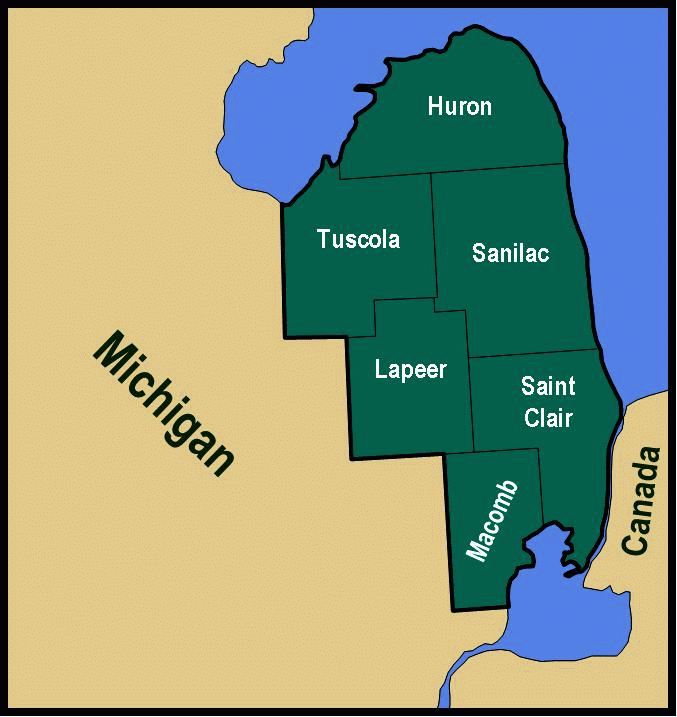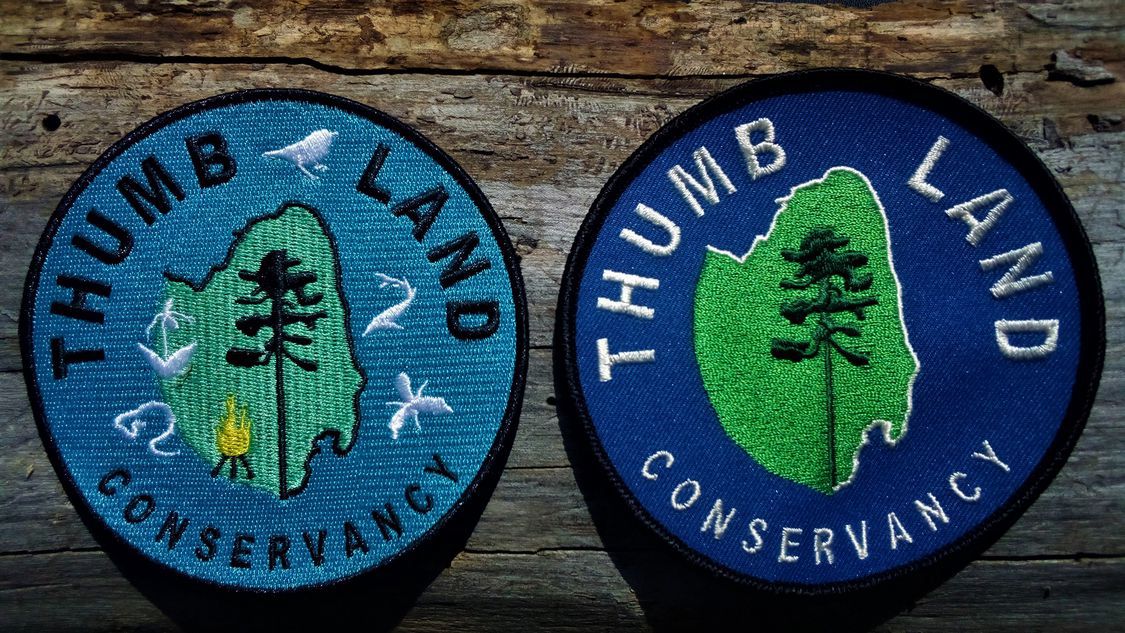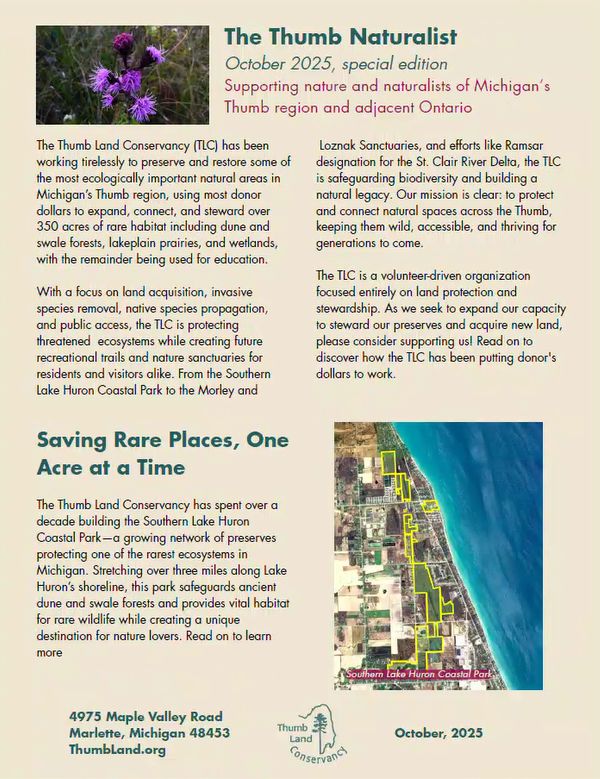
![]()
The Thumb Land Conservancy is working to preserve natural areas in the Thumb of Michigan, a postglacial
landscape where northern forest blends with central hardwoods, bordered by Lake Huron, the
Saginaw Bay, the Saint Clair River, and Lake Saint Clair. The mission territory of the TLC is Saint
Clair, Sanilac, Huron, Tuscola, Lapeer, and Macomb Counties, but we can also work in adjacent
areas as opportunities arise.
Prior News
![]()
October 31, 2025
(click HERE to download PDF)
The Thumb Naturalist.......a new look!
TLC Membership
With your membership, the TLC is better enabled to protect important natural areas in our region. We
offer two membership levels: Individual and Family $40, and Business $200. Members will receive
our e-mail news. Membership is also available in trade for volunteer help. You can also make
donations in honor or memory of someone or something. For donations of $100 or more, your name
will be listed on our web site. For larger donations, please contact us for details. Make checks
payable to “Thumb Land Conservancy”. Make sure you provide us with your mailing address
and e-mail address. Providing a phone number is optional but helpful.
Mail checks and forms to:
Thumb Land Conservancy
4975 Maple Valley Road
Marlette, Michigan 48453
You can also make a donation thru our Square link HERE

